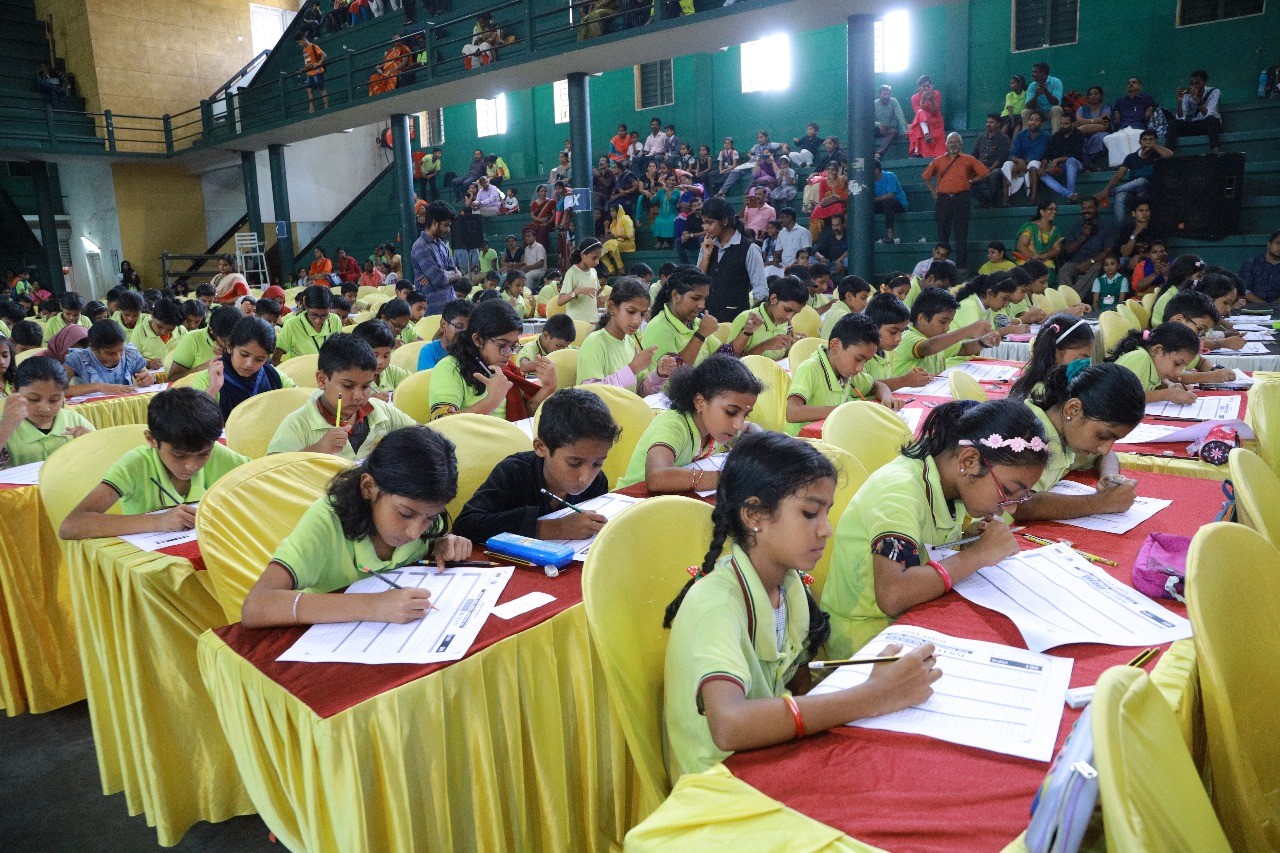ABACUS TRAINING REVOLUTION
The modernization and advancement of conventional abacus education techniques could be referred to as an abacus training revolution. Calculations have been made using the abacus, an antiquated mathematical instrument. Abacus training is made available online through courses and platforms, allowing students to study at their convenience. This strategy may improve the flexibility and accessibility of abacus education.
ABACUS TRAINING REVOLUTION INCREASE CALCULATION OF KIDS
An abacus training revolution with the goal of increasing children's calculation skills can be achieved through innovative approaches to teaching and learning. Children's calculation skills should be improved through a revolution in abacus training that puts an emphasis on making learning engaging and effective, personalized for each student, and seamlessly incorporated into the larger educational system. Here are some ideas and techniques for improving kids' mathematical skills through abacus practice:
1. Interactive Abacus Tools : Use colorful, interactive abacus tools that are enticing to kids while using interactive abacus tools. These technologies can enhance learning and make it more engaging for children, which helps keep their interest in the subject matter.
2. Small Group Activities : Encourage peer learning and small-group activities where kids may work together and compete in a positive environment. This encourages a sense of belonging and learning enthusiasm.
3. Early Introduction: Begin learning the abacus at a young age because young children generally have an easier time understanding mathematical ideas.
The abacus can help lay a solid basis for future mathematics abilities in kids as young as 3 to 4 years old.
4. Regular Practice: Repetition is the key to developing your abacus skills. Encourage them to routinely practice, even if it's only for a little while each day. Over time, this strengthens their skills.
5. Progress Tracking : Implementing a method for monitoring and rewarding children's progress is important. Their confidence and excitement for learning the abacus can be increased by offering them constructive criticism and acknowledging their accomplishments.
6. Adaptive Curriculum: Tailor the abacus training program to the individual needs of each child. An adaptive curriculum makes sure that every child learns at their own pace even though some children may advance more quickly than others.
7. Parental Involvement: Encourage parents to participate in their children's abacus instruction. Give parents information and direction so they can support their kids' learning at home.
Technology advancements have made it possible to develop digital abacus applications that mimic the actual abacus. For students of all ages, these apps can offer interactive and interesting abacus training experiences.
ABACUS TRAINING OVERCOME THE MATH CONCERN FOR YOUR CHILD
Abacus practice is a useful method for assisting kids with their math anxieties.By making math more approachable and practical, abacus training can ultimately help kids develop a solid mathematical foundation, boost their math confidence, and lessen anxiety. Be supportive and motivating throughout the process, keeping in mind that overcoming math apprehensions takes time and patience.The following are some ways that abacus practice can reduce math phobia and increase your child's assurance in math:
1. Positive Reinforcement: Celebrate and reward your child's advancement in abacus training as positive reinforcement. Their confidence and motivation to take on math challenges can grow as a result of this encouraging feedback.
2. Applications in Real Life: Teaching children to use an abacus can help them understand how math is used in real life. Math can be made less intimidating and more relevant by being used in practical applications.
3. Improved Mental Math: Learning the abacus improves mental math skills, making it easier for kids to perform calculations in their heads. This increases their self-assurance in their math abilities.
4. Visual Learning : The abacus is a visual tool that is used in abacus training to represent mathematical concepts. This visual aid can help children understand and relate to abstract mathematical concepts, which will lessen their anxiety about math.
5. Step-by-Step Learning: training teaches mathematical concepts step-by-step. Math becomes less intimidating because complex problems are divided into smaller, more manageable steps.
6. Hands-On Learning: Children learn best through hands-on activities. Abacus instruction promotes kinesthetic, hands-on learning, which can be more engaging and less tense than conventional paper-and-pencil math.
7. Math as a Skill: Abacus training emphasizes math as a skill that can be learned through repetition. This can help people change their perspective and stop viewing math as something you are either "good" at or "bad" at. Instead, they may start to see math as a skill that can be developed.
A revolution in abacus training involves combining traditional techniques with modern technology, innovative teaching methods, and a deep understanding of the needs and preferences of today's learners. This can make abacus training more appealing, effective, and relevant in the 21st century.
